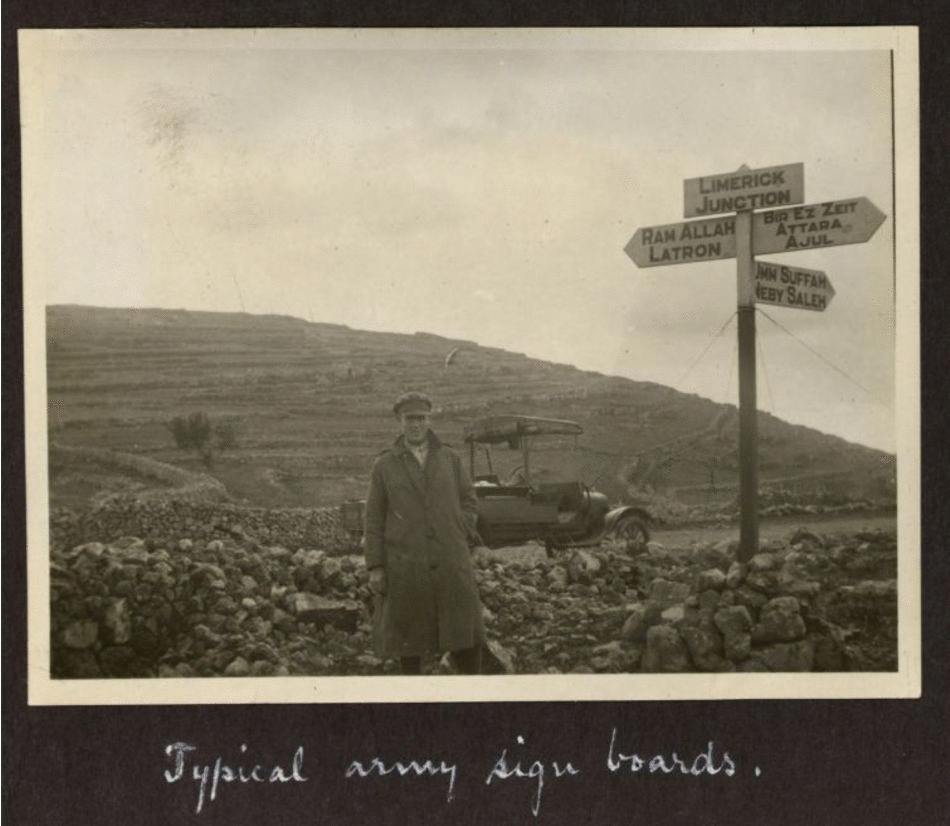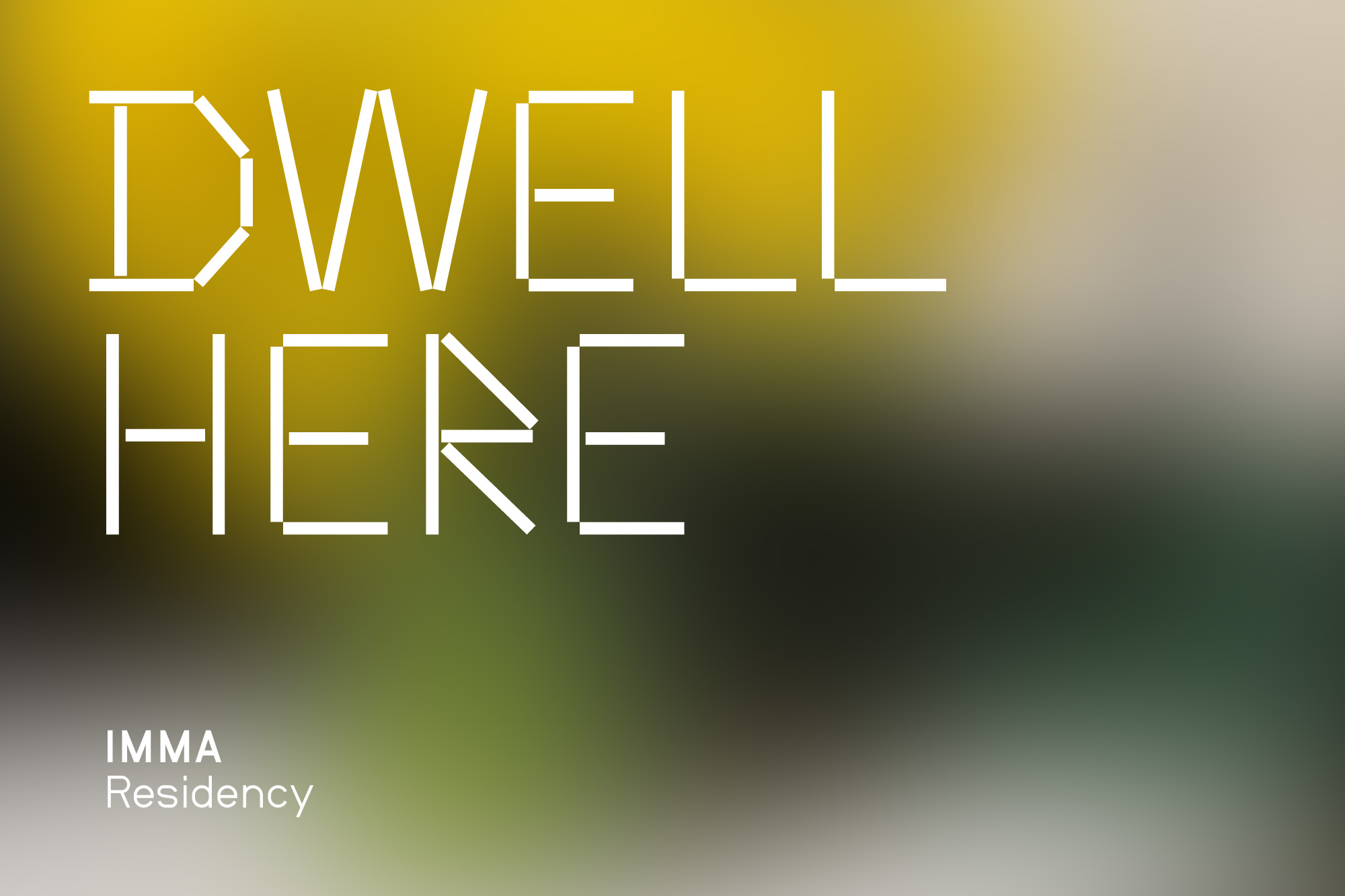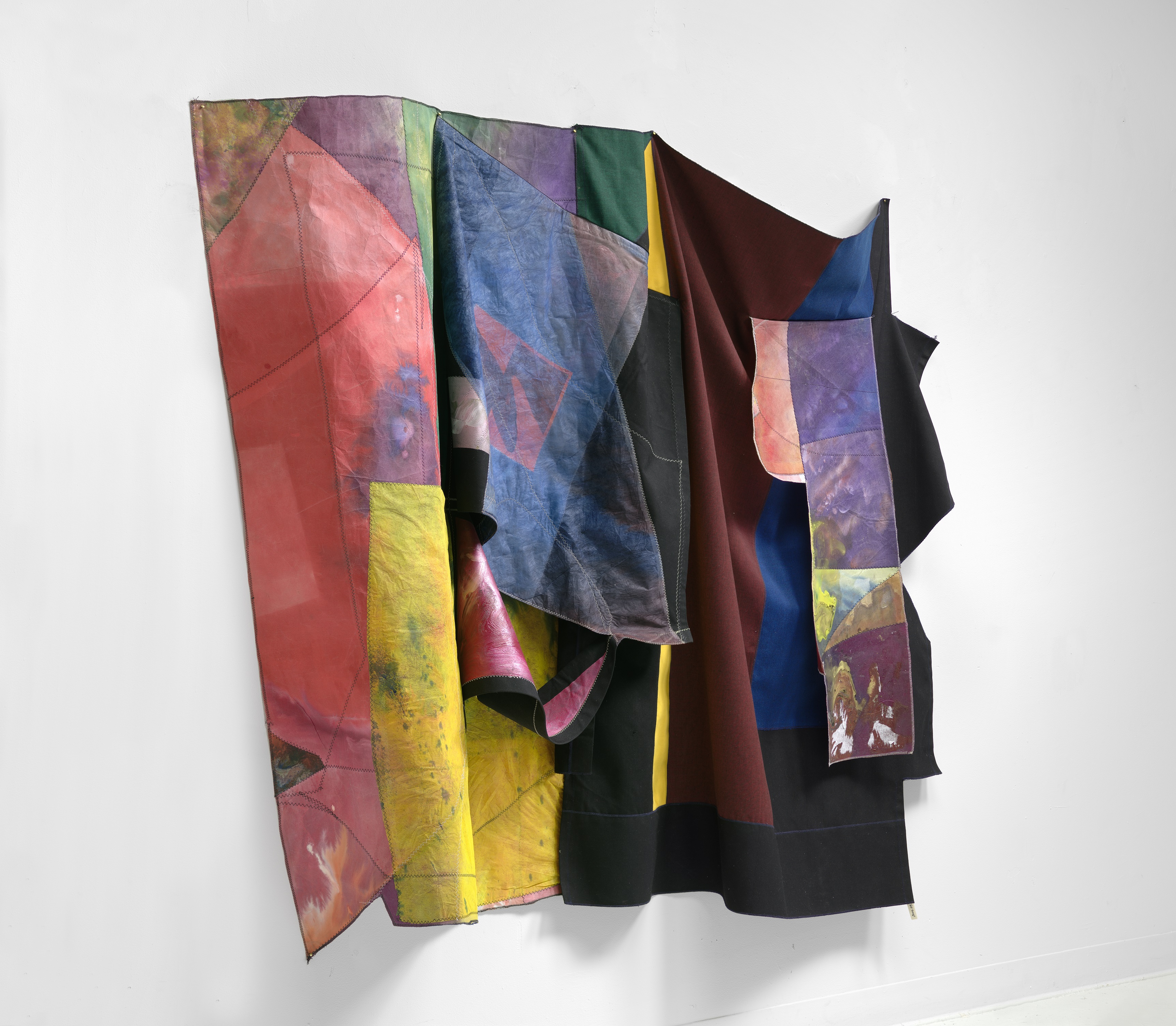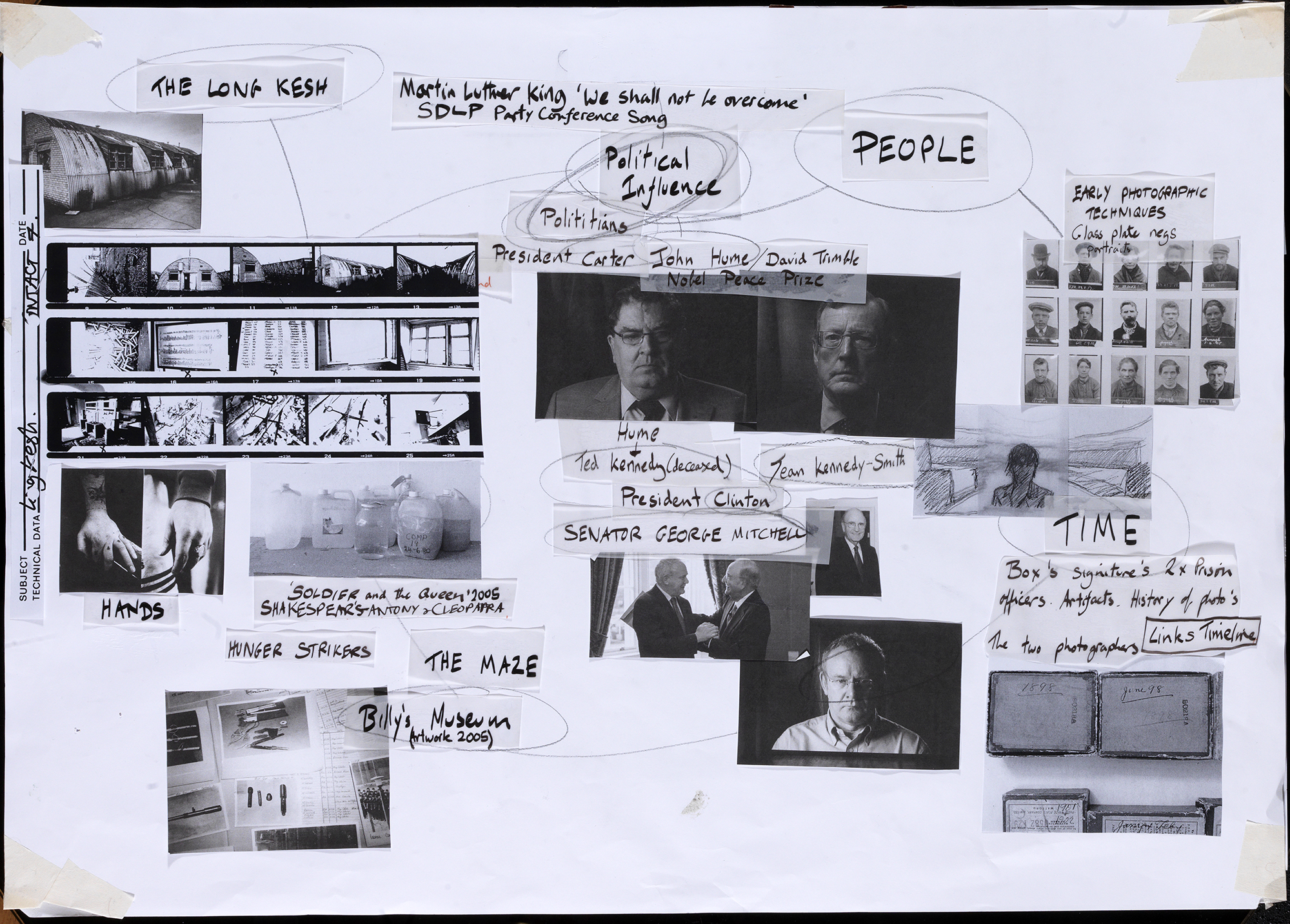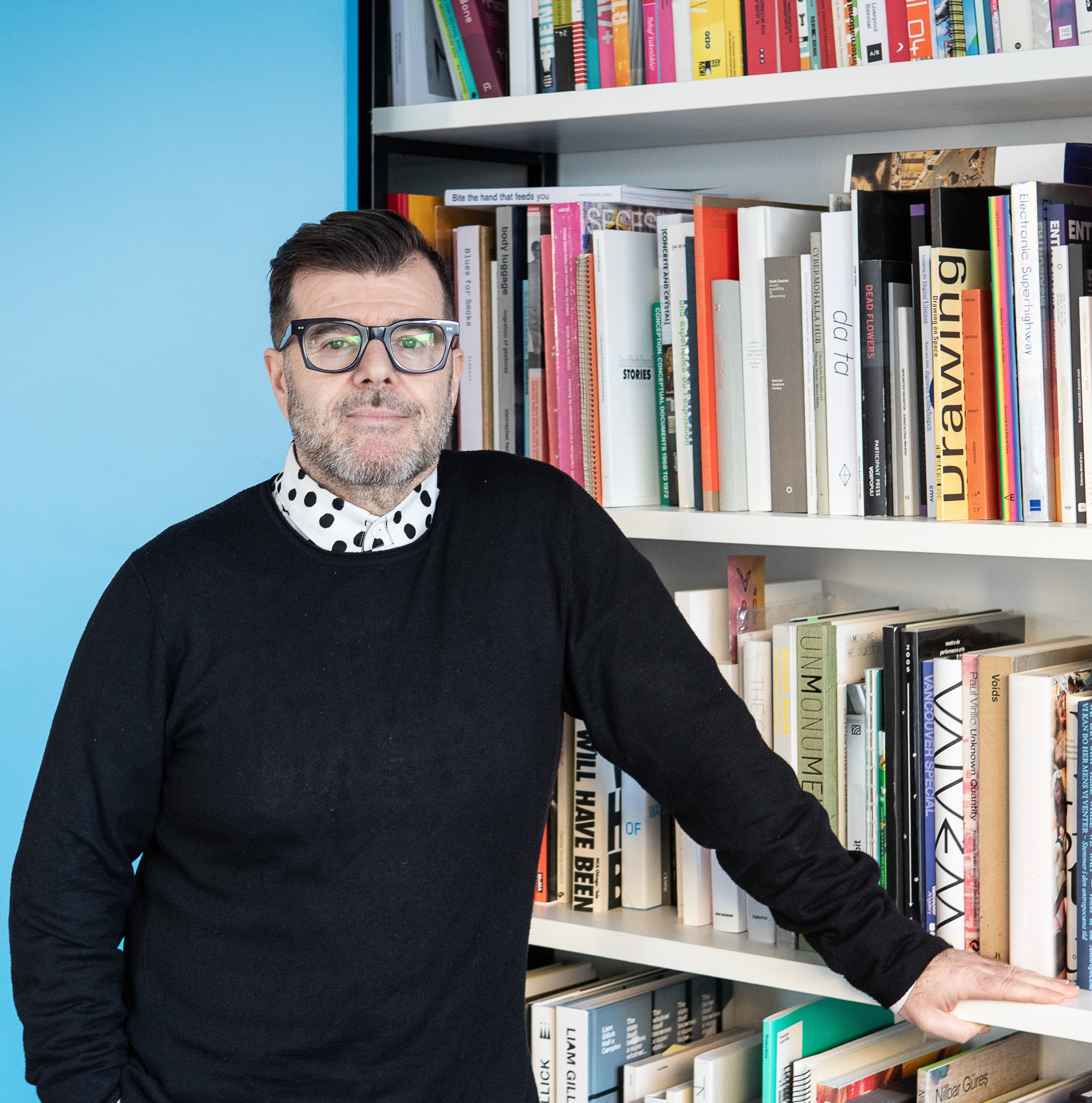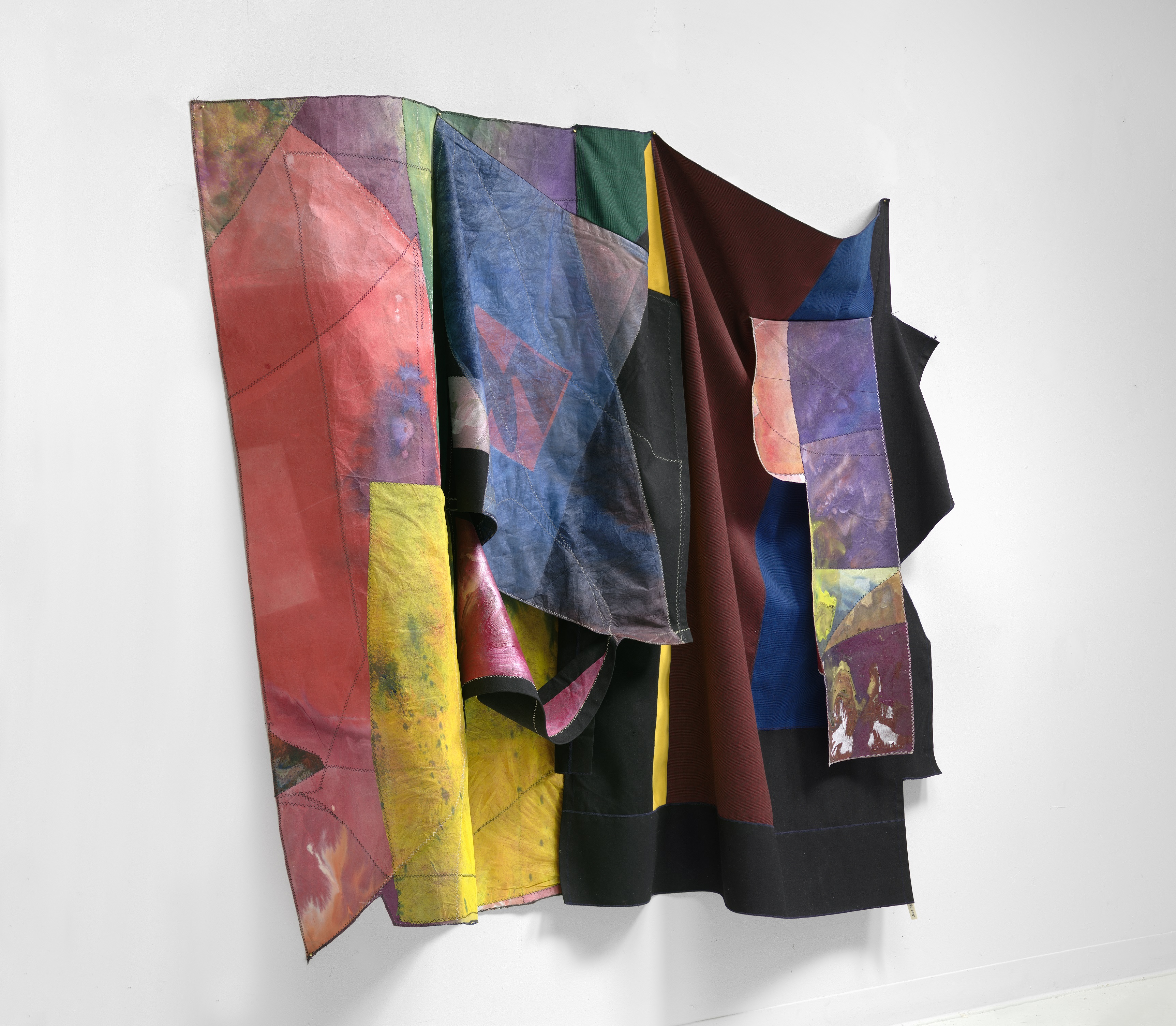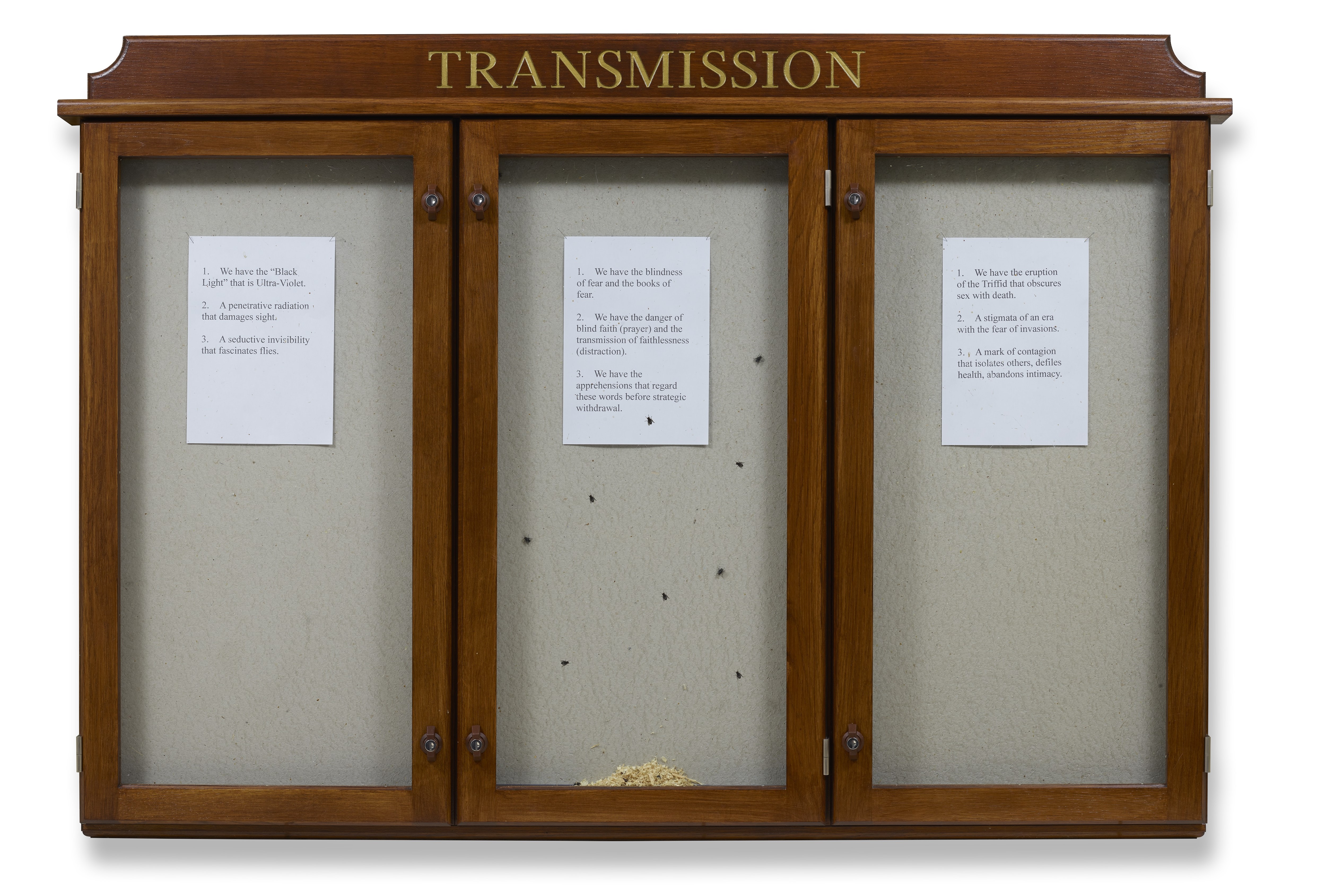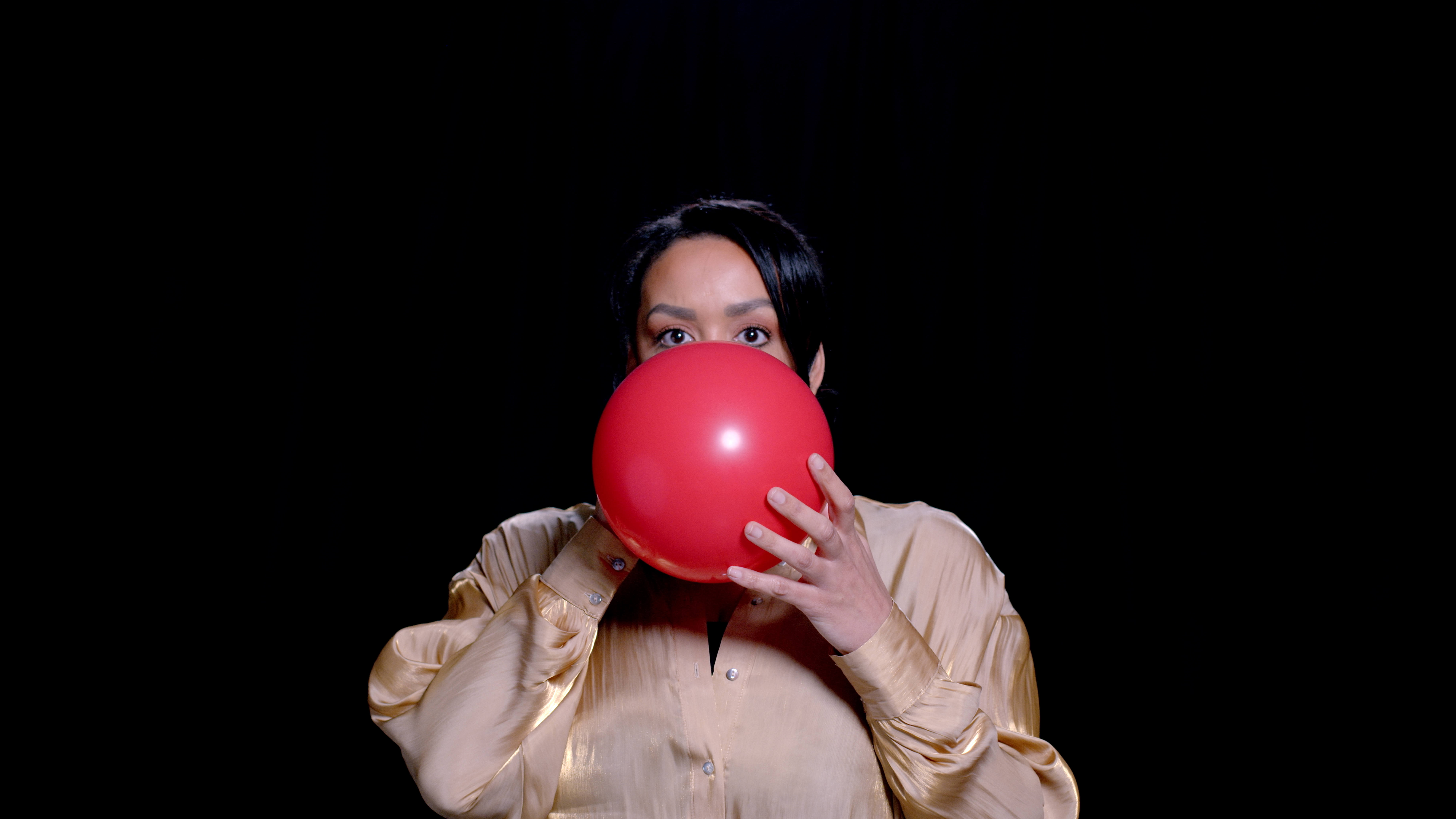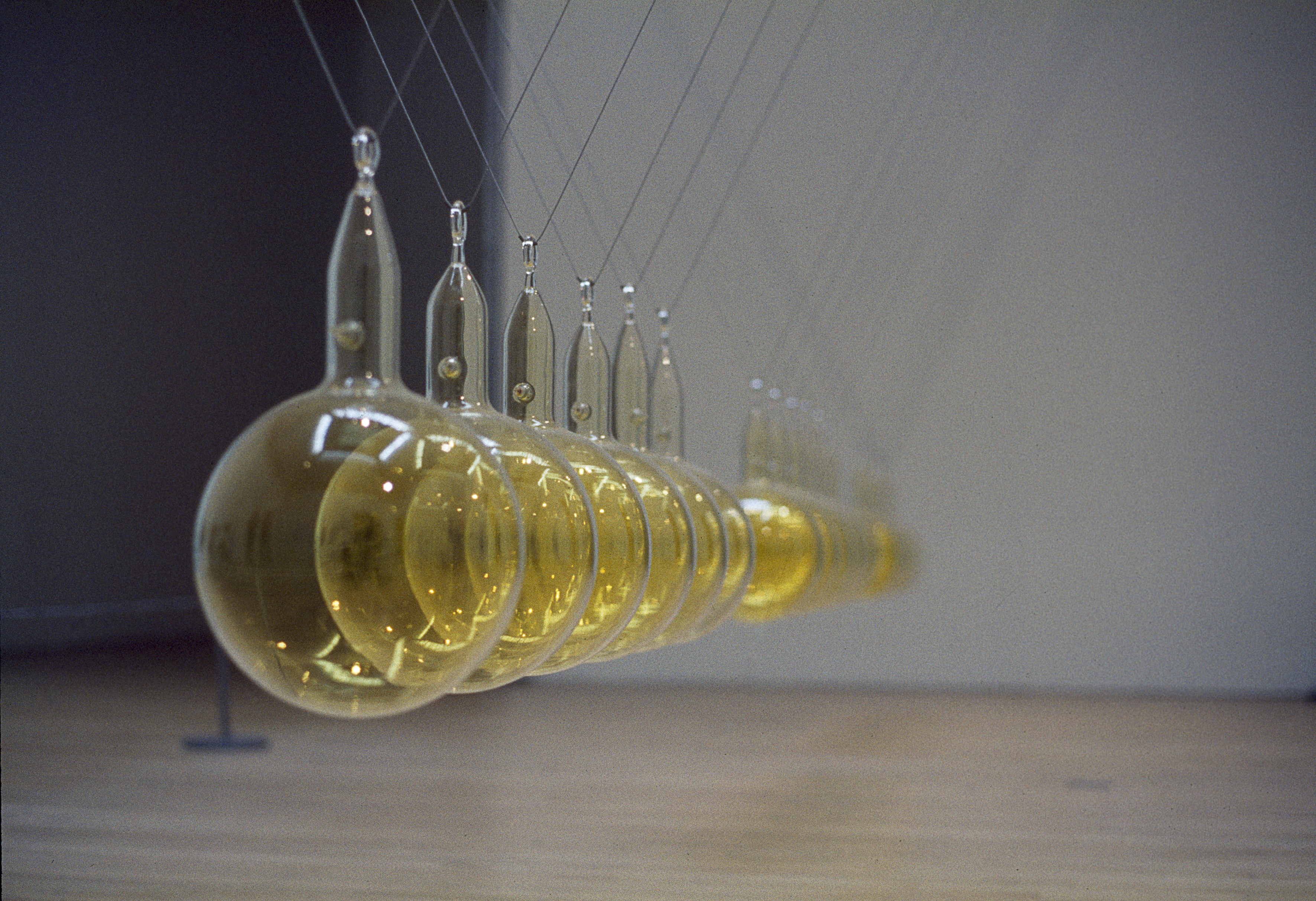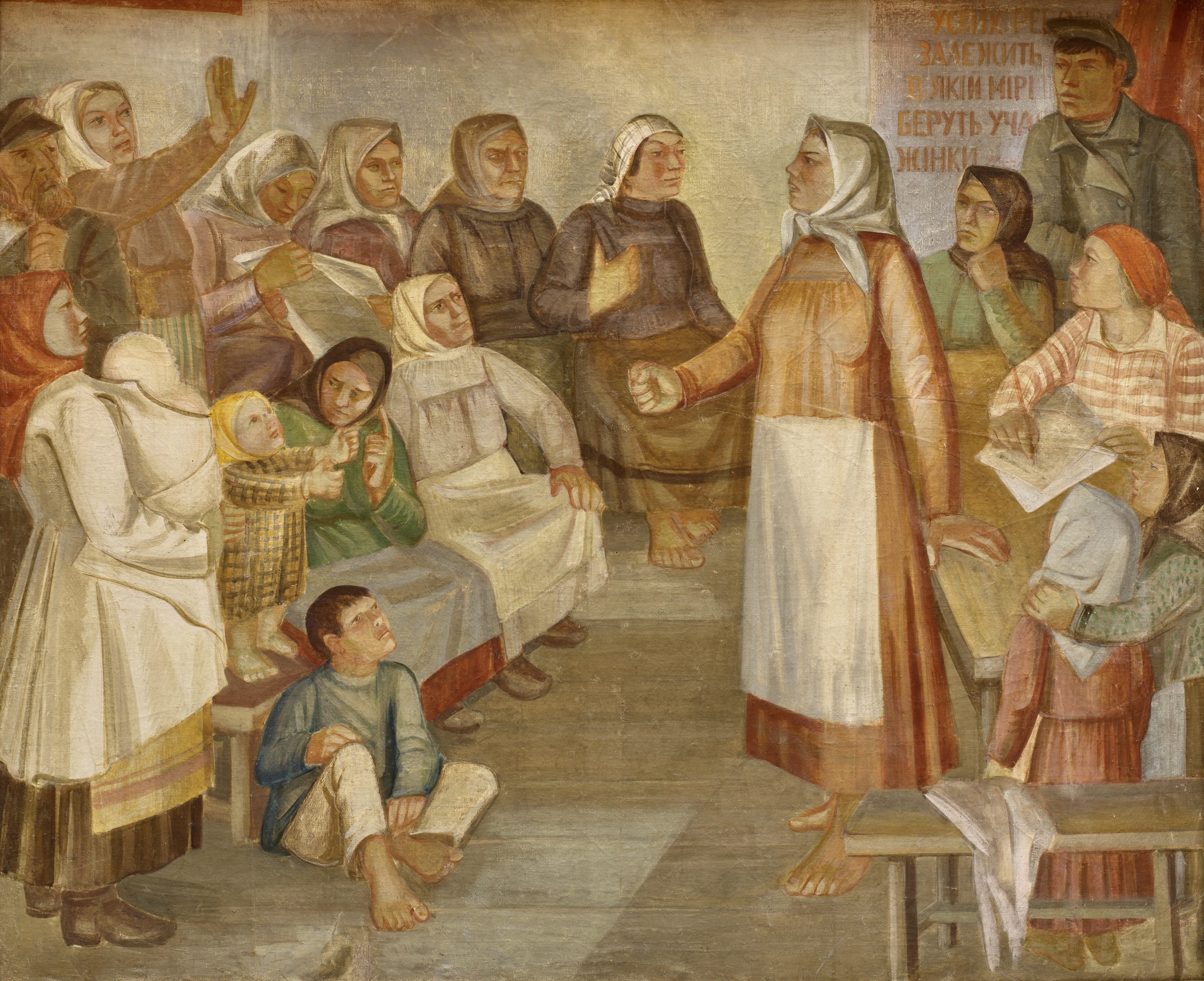The Welfare of Tomás Ó Hallissy
November 25, 2016–May 7, 2017
Europa
November 25, 2016–February 26, 2017
Royal Hospital, Military Road
Dublin 8
Ireland
T +353-1-612 9900
IMMA's Winter Programme opens today with two new exhibitions. The Welfare of Tomás Ó Hallissy; a new film commission by Irish-born artist Duncan Campbell, his first film based in the Republic of Ireland, and Europa, the first survey exhibition of Palestinian artist Emily Jacir’s work in Ireland, which brings together almost two decades of work and includes several newly commissioned projects.
Duncan Campbell: The Welfare of Tomás Ó Hallissy
The Welfare of Tomás Ó Hallissy (2016) is Irish-born artist Duncan Campbell's first new work since winning the Turner Prize in 2014 and his first film based in the Republic of Ireland. Originating from research undertaken in the Irish Film Institute Archive, Campbell’s new film takes as a starting point a 1960s anthropological film study of rural Kerry to investigate and reframe contemporary Ireland.
In addition to The Village, Paul Hockings and Mark McCarty’s 1968 UCLA documentary film, three influential anthropological studies underpin the work including Inis Beag by John C. Messenger; Inishkillane: Change and Decline in the West of Ireland by Hugh Brody; and in particular Saints, Scholars, and Schizophrenics by Nancy Scheper-Hughes.
The Welfare of Tomás Ó Hallissy uses a combination of archive material and self-shot footage and is set against a visit by two American anthropologists to the village of Dun Chaoin thus mirroring The Village. Campbell directly integrates footage from Hockings and McCarty’s film with newly scripted material also filmed in and around Dún Chaoin, which echoes key scenes from the documentary that captured the day-to-day routine of the village. In revisiting these scenes Campbell looks at some of the assumptions, ethics and misconceptions that frame the relationship between the filmmakers and the villagers. As with many of Campbell’s works the film questions the validity of documentary form as historical representation, blurring fact, and fiction, recording and interpretation.
This film work was commissioned by IMMA with co-commissioners Van Abbe Museum, Eindhoven and Western Front, Vancouver.
Emily Jacir: Europa
Emily Jacir’s exhibition Europa (the Italian and Arabic word for “Europe”) presents sculpture, film, drawings, large-scale installations and photography that focus on Jacir’s work in Europe, in particular Italy and the Mediterranean. Renowned for work that is as poetic as it is political and biographical, Jacir investigates silenced historical narratives, translation, movement, resistance, transformation and exchange
The first iteration of Europa took place at Whitechapel Gallery, London in late 2015. For IMMA, Jacir will present seminal artworks alongside newly commissioned projects which reflect the strong links between Palestine and Ireland, and the shared history of British Colonial Rule. These include her new site-specific project Notes for a Cannon (2016), which takes as its point of departure the Clock Tower that once stood at the Jaffa Gate in Jerusalem. It was destroyed by the British in 1922, under the command of Ronald Storrs, the British Military Governor of the occupied city.
Works in the exhibition include ex libris (2010–12), originally commissioned by dOCUMENTA (13), which commemorates the approximately 30 thousand books from Palestinian homes, libraries, and institutions that were looted by Israeli authorities in 1948 and ENTRY DENIED (a concert in Jerusalem) (2003), a full length concert performed by Austrian nationals who were scheduled to perform in Jerusalem and Bethlehem but denied entry at Tel Aviv’s Ben Gurion airport for “security reasons”. Jacir has built a complex and compelling oeuvre through a diverse range of media and methodologies that include unearthing historic material, performative gestures and in-depth research.
Both exhibitions are part of an exciting on-going initiative, New Art at IMMA, proudly supported by Matheson, which allows IMMA to continue to support artists’ vital work in a strand of programming that recognises and nurtures new and emerging talents, new thinking and new forms of exhibition-making.
Admission to both exhibitions is free of charge and there is a series of free talks and curators tours—see www.imma.ie for more.

